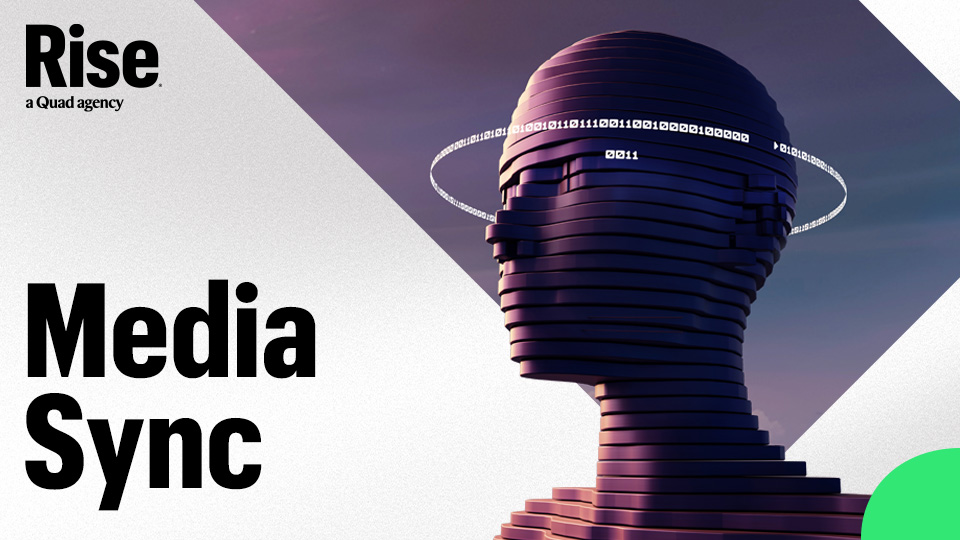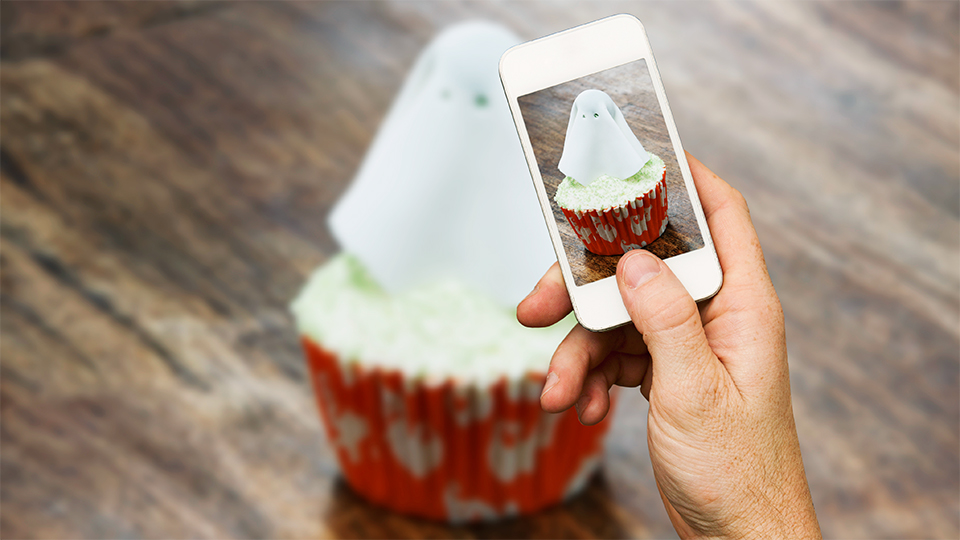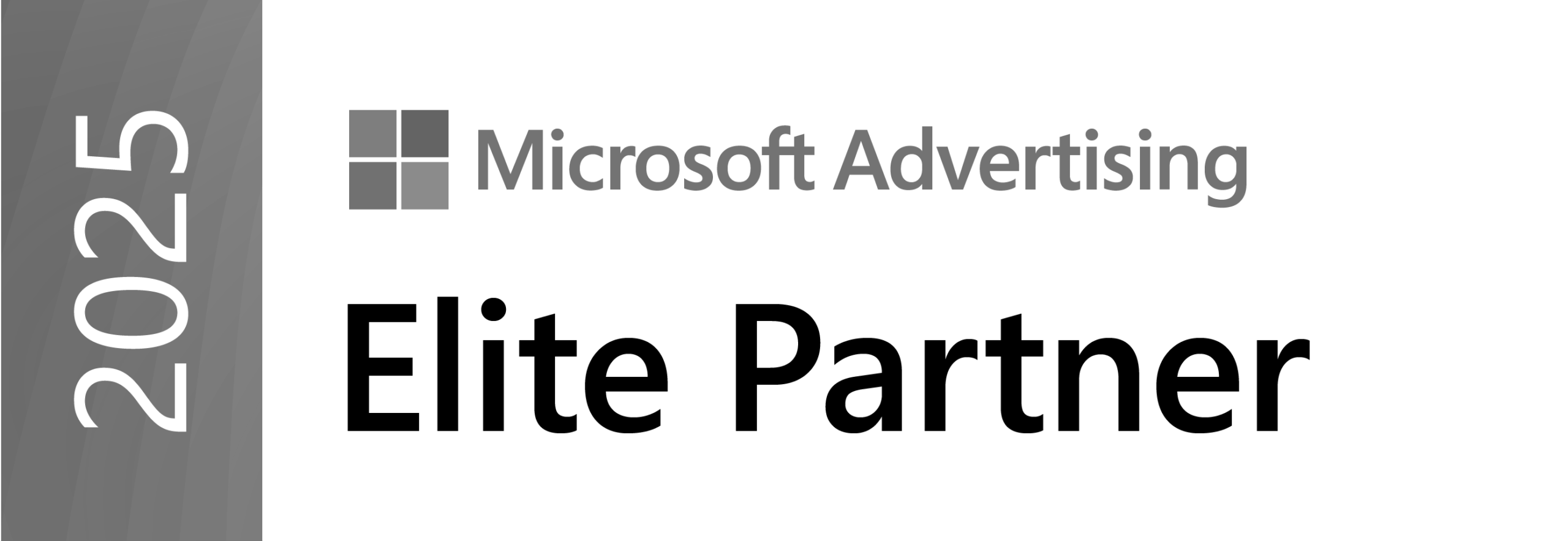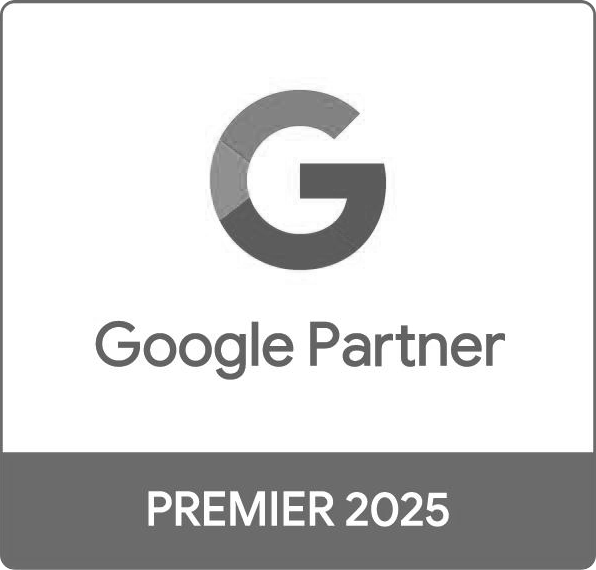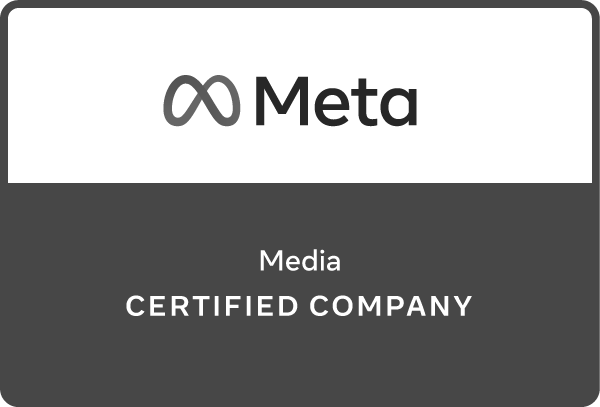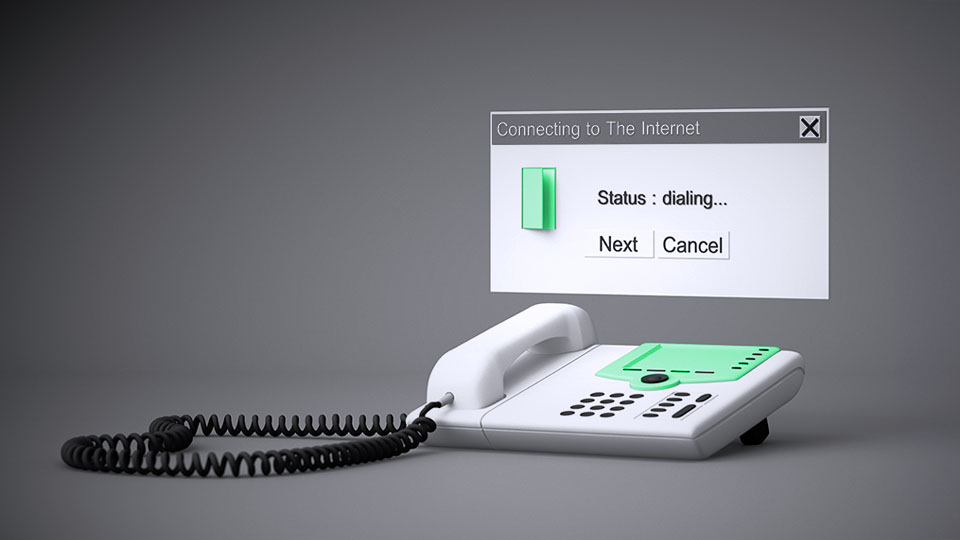
There was a time when the internet came in the mail. Not metaphorically. Literally. You’d open your mailbox and there it was: a shiny AOL CD stuck to or inserted in a magazine (a magazine that likely came off a Quad press), promising 500 free hours of dial-up internet. Sometimes 750. Sometimes 1,000. The numbers didn’t matter. What mattered was that you were about to hear the most iconic digital sound of the late 20th century: the modem shriek.
You’d double-click the AOL icon, hear the screeching symphony of digital negotiation and then, if the gods of copper wire were kind and a rogue family member didn’t try and make a call midway, you’d be greeted with a voice (that felt like a personal assistant and a best friend rolled into one) saying: “You’ve got mail.” That voice belonged to Elwood Edwards, a former TV announcer who recorded the line on a cassette deck in his living room in 1989. He was paid just $200 for those iconic words. (That was the starting point of people not being fairly compensated for their contributions to the digital economy, a practice not unique to today’s AI era.)
Sure, there was CompuServe. And MSN. But they didn’t have the same gravitational pull. Yes, MSN gave us MSNBC, which now feels like a cable news channel with a nonsensical acronym (and will soon rebrand to MS NOW, a unique shift when everyone else is Plus or Max or Go!). And while AOL didn’t spawn a TV network, in its heyday the company seemed unstoppable and innovative, much like the tech titans of today. (It was AOL that gave small businesses their first taste of digital presence through “Hometown,” and AOL that took the first tentative steps in online shopping with keywords that could jump you to pages about Nike or pizza.)
AOL’s dial-up journey spanned 32 years. In today’s tech cycle, that’s prehistoric. But the internet doesn’t reward legacy, it rewards reinvention. AOL’s closed-wall ecosystem was supplanted by the open internet and upstarts like Google and Facebook. Does anyone remember GeoCities? MySpace? Anyone? Bueller… Bueller…
But AOL dial-up wasn’t just a service. It was a cultural experience and moment. It was the sound of a sibling yelling “I’m online!” when you asked if you could make a call. It was carefully crafted AIM handles like “Sk8rBoi899” and “KeyboardSmash999” that awkwardly stuck with people to adulthood and sometimes even made their way into office culture. (When I moved to the U.S. from my native Australia, I was surprised to find that people still shared AIM handles at work.)
But this was also a generation of colleagues where the phrase “You’ve got mail” was so culturally potent that Warner Bros. built a romantic comedy around it. And unlike most internet-origin stories, it didn’t end in a Dateline exposé. It ended with Tom Hanks and Meg Ryan happily together in a park. (That’s how powerful AOL dial-up was. It made catfishing seem charming.)
There was a strange comfort in the chaos of dial-up. The lag. The buffering. AOL taught us patience. It taught us that the internet was something you visited, not a place where you lived. You logged on. You explored. You logged off. And if you were lucky, you didn’t get booted midway. (“Mom! I was online!”)
Now, as AOL prepares to shut down its dial-up service for good today (Sept. 30), it feels like the end of a very specific chapter in digital history. Not the end of the internet — just the end of the internet that came with a screech, a handshake and a voice that told you someone cared enough to send you an email. Not like now, when I have a quiet sense of dread as I look at my unread messages or the surge of anxiety I get when I catch a glimpse of someone’s iPhone with 65,536 unopened emails.
So how do we commemorate the end of this era? Not with piles of AOL CDs set on fire in a Viking-like send-off. (For me, that triggers the documentary images I’ve watched of the “Disco Sucks” era and, as an Australian, I am somewhat protective of the Bee Gees.) Besides, AOL CDs were never meant to be destroyed; they were meant to be stacked and repurposed. I always found they made excellent drink coasters. Perhaps Starbucks can do a retro collaboration run of AOL coffee coasters. (Starbucks: Call me!)
AOL CDs certainly are on the verge of having more charm now than ever. Do a quick search on eBay, another stalwart of the early internet era, and you’ll find AOL CDs listed as “vintage,” “unopened,” “sealed” and “collectable.” Some are even listed as “rare.” There’s a non-zero chance that in five years, someone will wear one as a necklace at New York Fashion Week and call it “post-analog chic.” If you see it, just nod knowingly. You read it here first and I called it.
So, as we mark the end of the dial-up era, if you still have an AOL CD buried in a drawer alongside that cable for your Nokia or Blackberry that you keep “just in case,” let’s repurpose them. Turn those AOL CDs into dreamcatchers. Use them to make crib mobiles. Hang them in a window where they’ll refract the light and remind you that once the internet was slow. It disconnected. It gave you time away to clear your head, to stop, to think.
The back of those AOLs CDs, reflective as they were, can still mirror something worth remembering: that being online used to be an event. And logging off was part of the design.
The real tribute isn’t in the AOL CDs themselves. It’s in remembering the moments. The friendships forged over AIM chats that stretched into the night. The early message boards where strangers became confidants. The hours spent doing something else while waiting for permission to tie up the phone line for an internet connection.
Before screen-time alerts. Before infinite scroll. Before the internet became a background hum.
AOL dial-up is leaving, but the sound of the modem lives on. Somewhere in the back of your mind, it’s still screeching. And if you listen closely, you might just hear it say, “Goodbye.”


